
The Kyushu J7W Shinden, a unique piece of World War II aviation history, epitomizes the innovation and technical creativity of Japanese aircraft design in the face of adversity.

Developed in the final stages of the war, its maiden flight took place on August 3, 1945, only days before Japan’s surrender, and as such, the aircraft never saw combat nor entered mass production. Yet, the legacy of the Shinden and other Japanese aircraft of the era challenge any simplistic narratives about the nature of their development and capabilities.
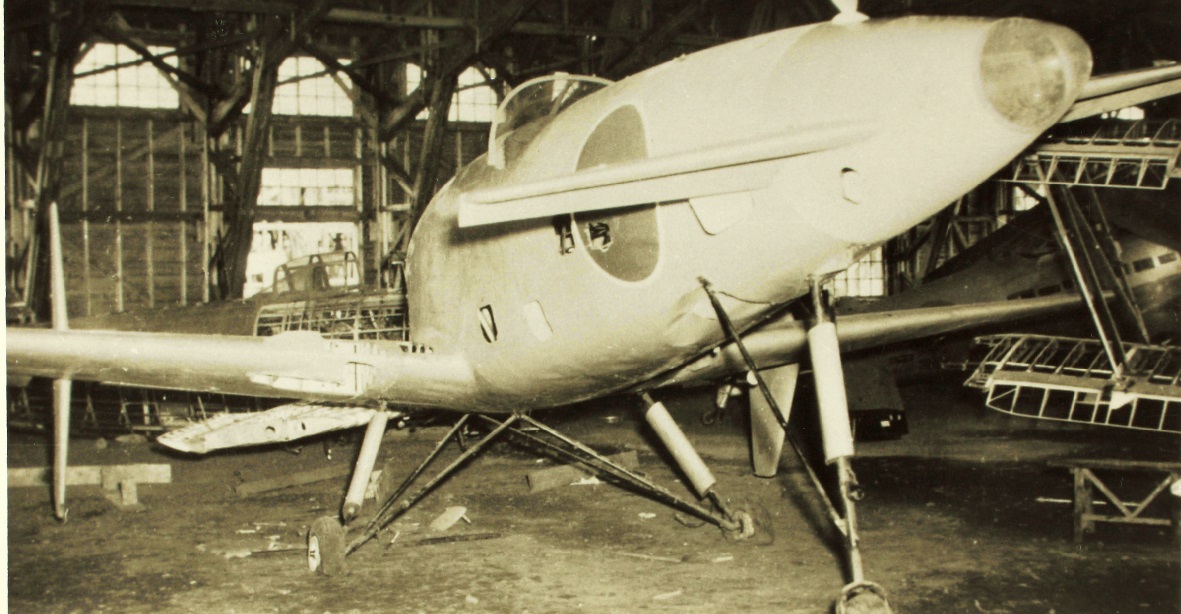
The Shinden’s canard configuration, where smaller forewings are set ahead of the main wings, was a bold divergence from traditional aircraft layouts of the time. This design choice was driven by the need for superior aerodynamics to counter the threat posed by fast, high-flying Allied bombers, such as the B-29 Superfortress.
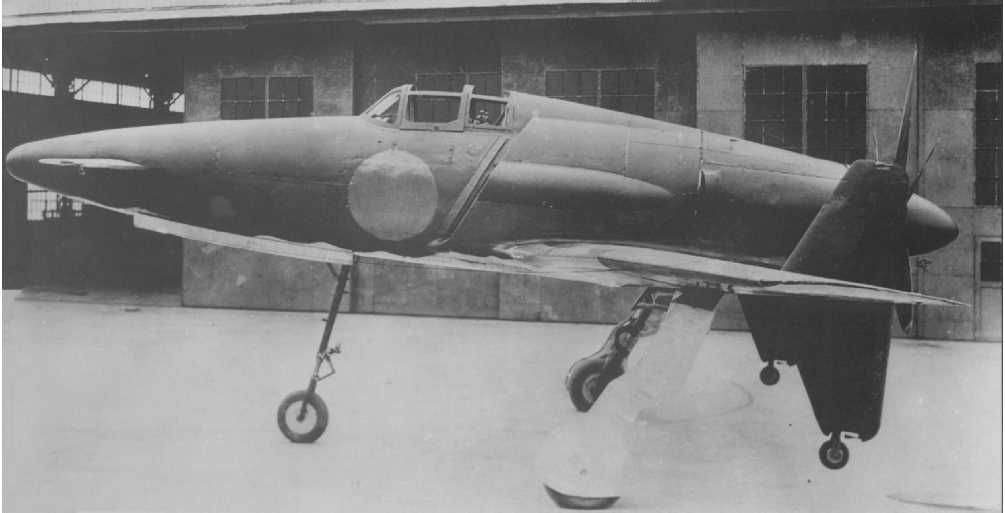
The canard design theoretically provided improved maneuverability and better stall resistance, which were cutting-edge features for fighters of the era. However, stability and control presented significant hurdles, highlighting a complex balance required in aviation engineering.

Another noteworthy aspect of the Shinden was its pusher propeller arrangement, with the propeller situated behind the wings, powered by the advanced Mitsubishi Ha-43 engine, an 18-cylinder, air-cooled radial engine that embodied the pinnacle of Japanese aero-engine development during the conflict.
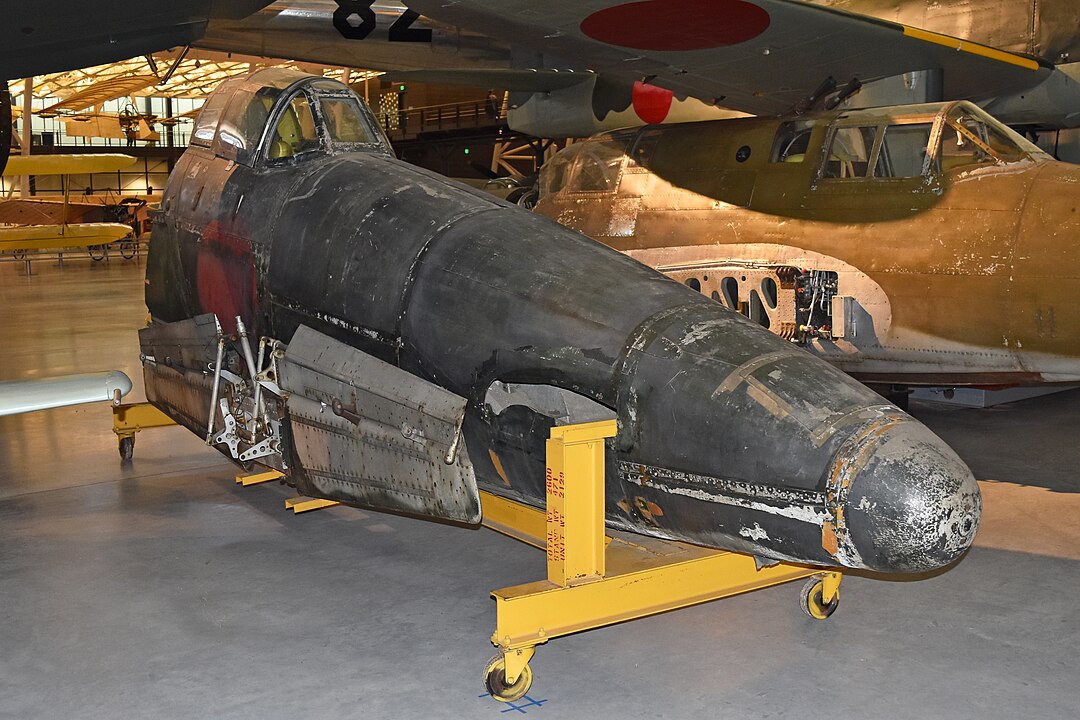
This pusher configuration was intended to reduce aerodynamic drag and enhance the pilot’s visibility, but it also added complexity in terms of design and weight distribution. Nonetheless, with an expected top speed of approximately 466 mph, the Shinden was designed to be a formidable high-speed interceptor.
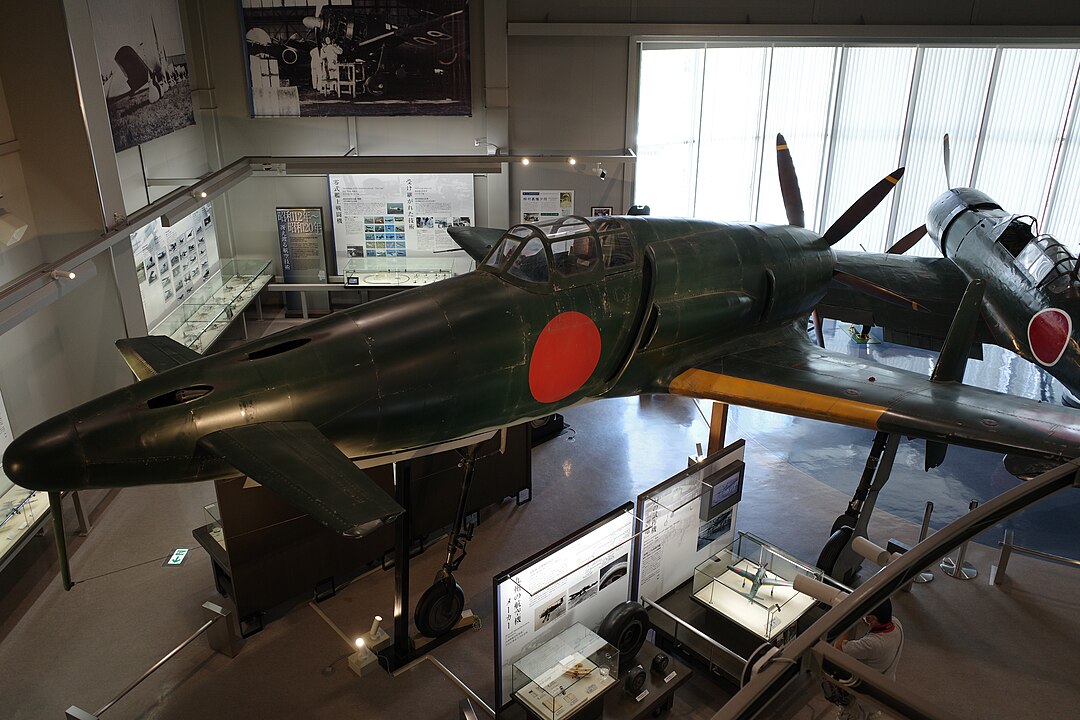
Armed with four 30 mm cannons, the Shinden was equipped to deliver a heavy punch against the increasingly well-armored American bombers.
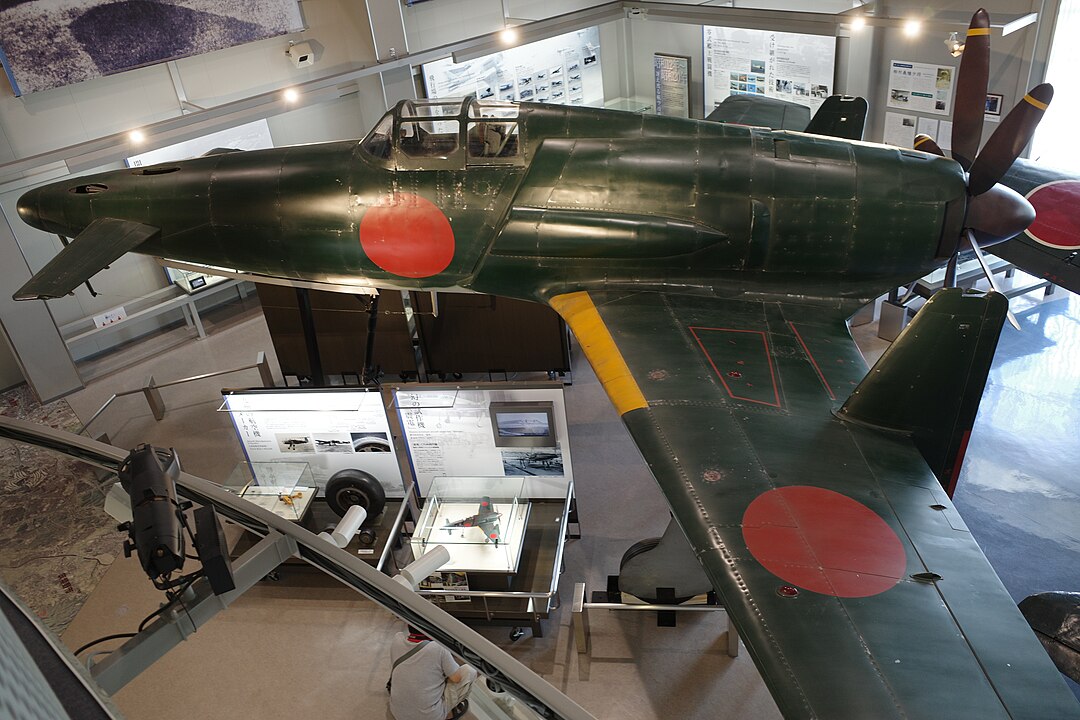
The Type 5 cannon, inspired by the German Mauser MG 151/20, was chosen for its high velocity and hitting power, demonstrating a profound understanding of the demands of aerial combat and the need to penetrate the robust armor of enemy aircraft.
.jpg)
The complexities of the Shinden’s design, particularly the stability challenges associated with its canard layout, were exposed during its maiden flight. Issues with stability during takeoff and landing, as well as the unique handling characteristics due to the rear-mounted engine and pusher propeller, were noted and would have required further refinement had the war not come to an abrupt end.
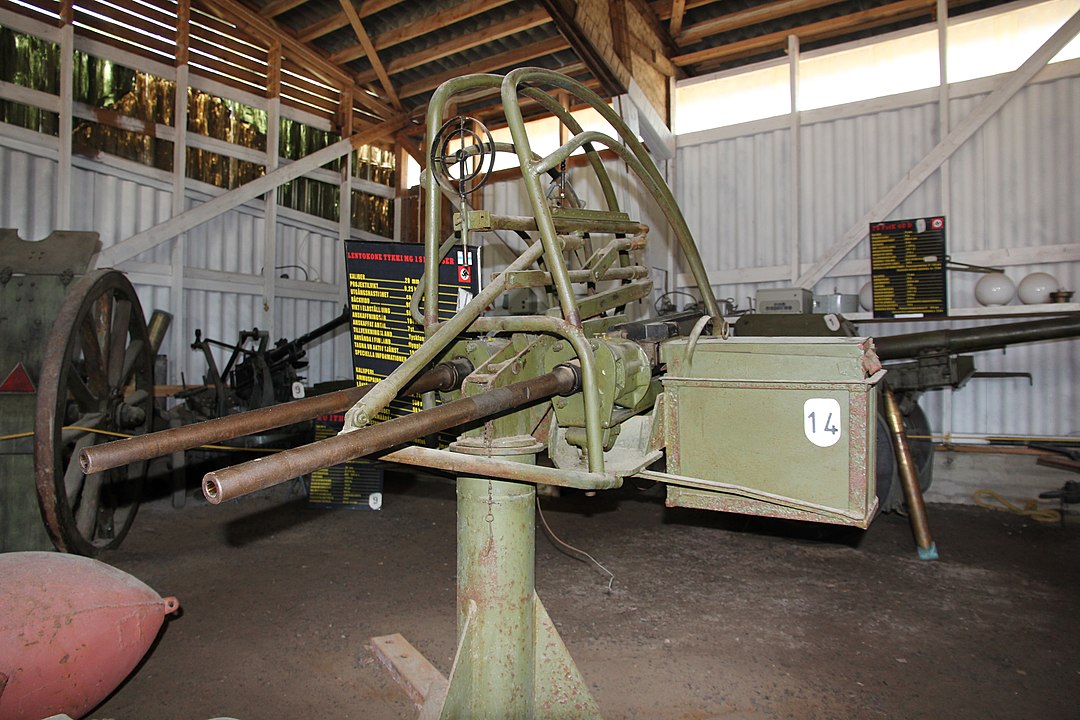
Although the J7W Shinden’s operational potential remained untested in combat, its development process and the technology it employed illustrate a broader narrative about Japanese aeronautical innovation during WWII. Far from merely copying Western designs, Japanese engineers introduced unique concepts and tackled engineering challenges with creativity and resourcefulness.
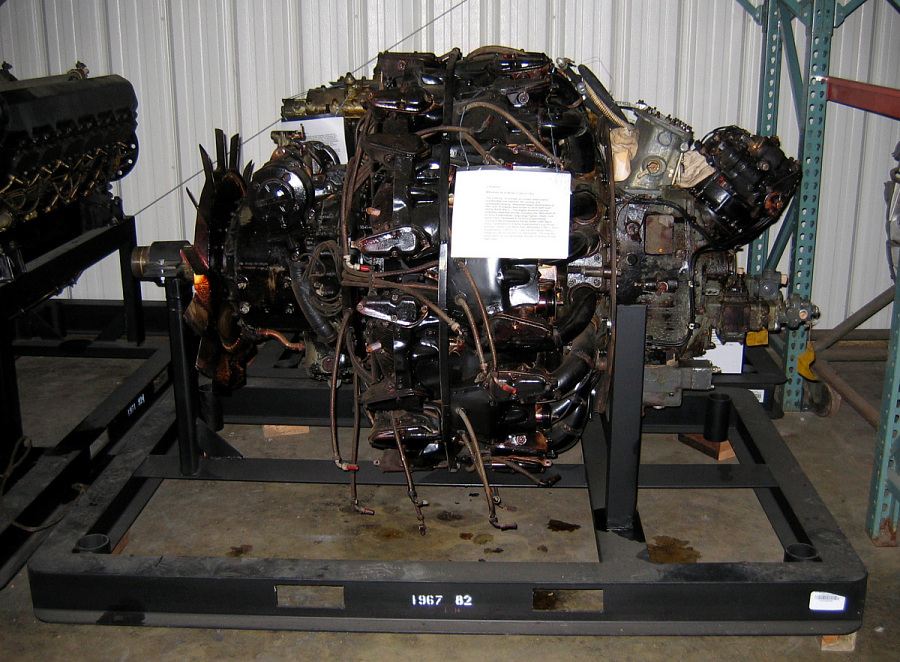
The narrative that Japanese WWII aircraft were derivative is refuted by the sophisticated design and performance characteristics of planes like the Mitsubishi Zero, which induced shock among the Allies.

The Shinden, in particular, stands out as a testament to Japanese ingenuity, with its speed, maneuverability, and advanced weaponry systems.

It’s crucial to recognize that the perspective of technological inferiority often stemmed from racial prejudices of the time, affecting perceptions on both sides of the conflict. The reality, as evidenced by the Shinden and other aircraft, was that Japan’s contributions to WWII aviation technology were both significant and innovative.

Despite the Shinden’s relegation to a historical footnote due to the circumstances of its timing, it remains a fascinating example of what might have been had the war continued and these advanced fighters been fully realized.

The Shinden, alongside other remarkable Japanese aircraft, offers an enduring legacy that continues to captivate aviation enthusiasts and historians, reminding us of the often overlooked chapter they represent in the annals of military aviation history.

